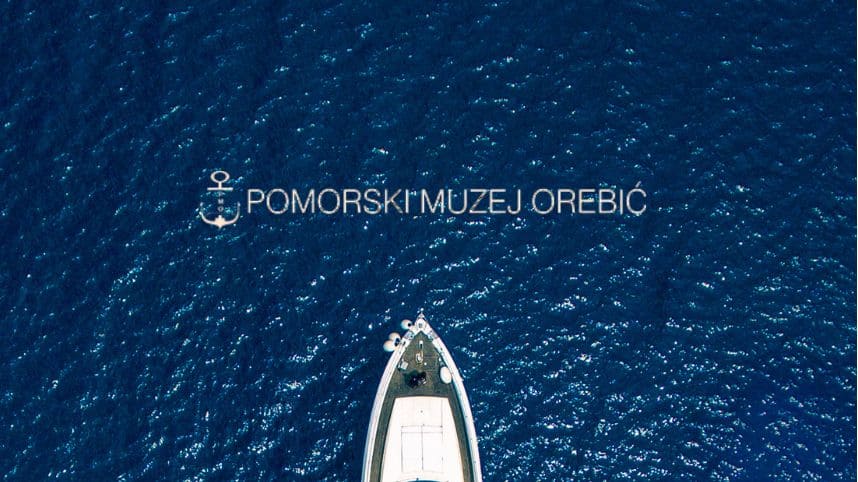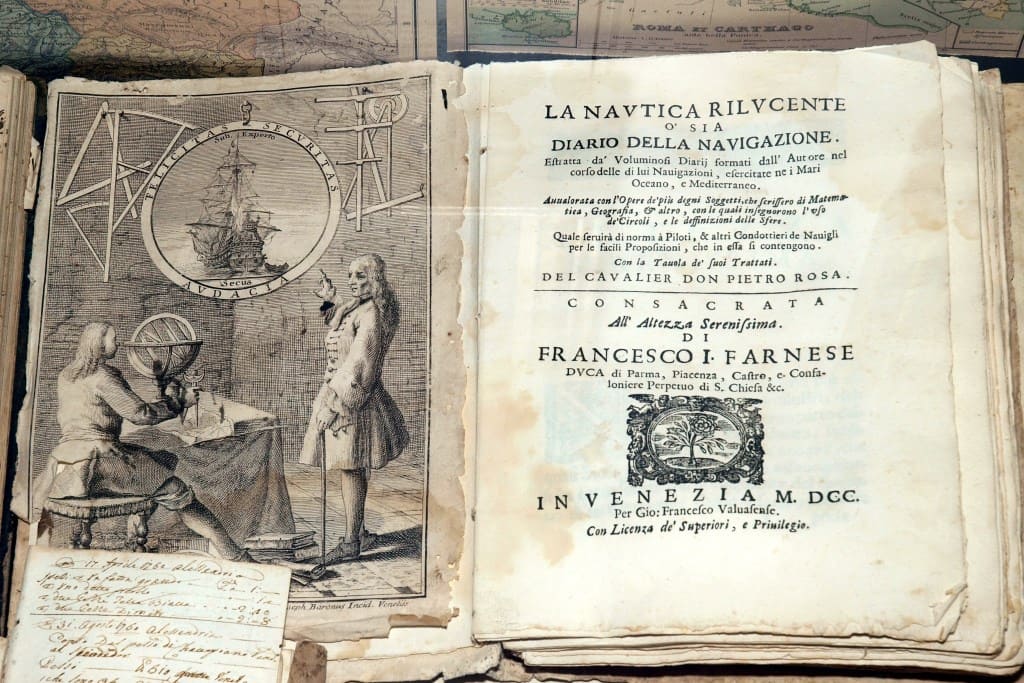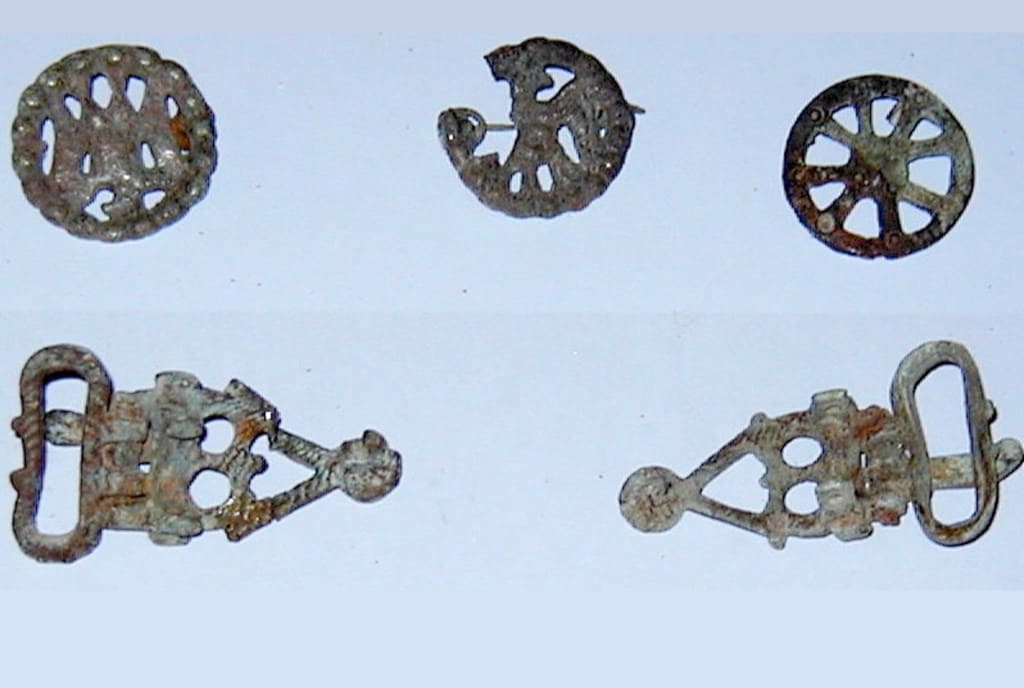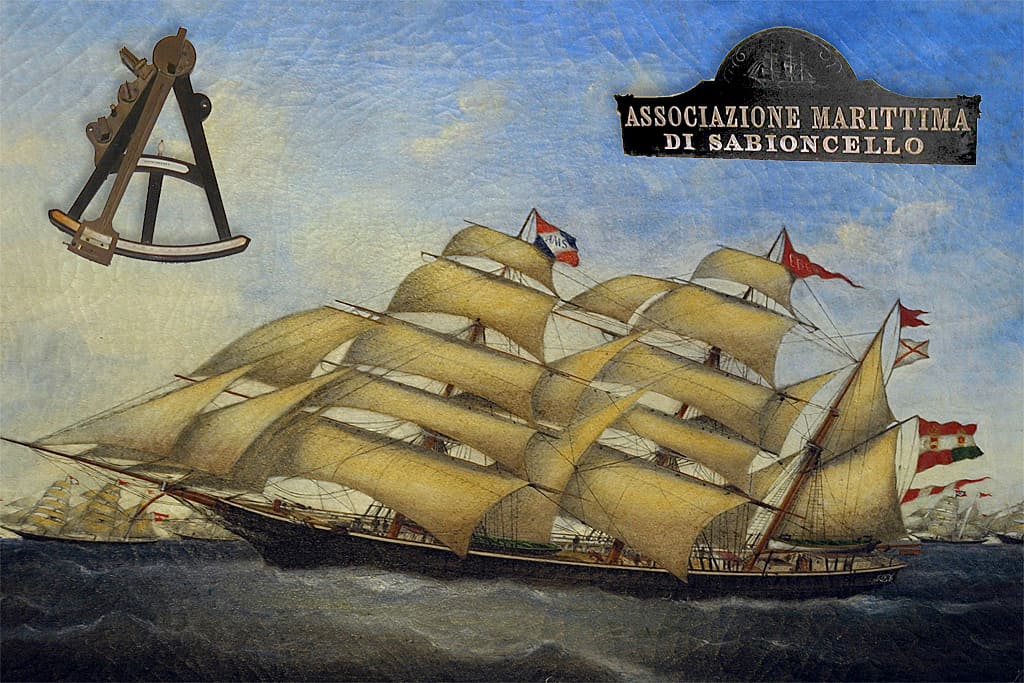Our Collections
One does not become a seafarer overnight. It takes centuries to create and cultivate a maritime consciousness, a love for the sea, and knowledge of the sea. This tradition exists within us, our families, everywhere. Our intention is to show it beyond the family and local circle and to deeply instill it in the consciousness of the Croatian people. This mission is at the heart and in the spirit of this Museum, which seeks to be the guardian of our maritime tradition and to introduce people to the call of the sea and to the famous seafarers, captains, sailors, and shipbuilders.
Collection of Old Books
The Museum houses a rich collection of books belonging to captains from the Pelješac region. It includes maritime and commercial manuals, annuals of various European and domestic newspapers and journals, as well as books on economics, history, geography, natural sciences, and theology. The collection also features encyclopedias, atlases, dictionaries, old manuscripts, ship logs, accounting books from sailing voyages, captain’s letters, and more.
Particularly valuable are cartographic publications by Corronelli, N.J. Voght, Bellin, Rouillé, and others.
A very significant part of this collection consists of books gathered from 1660 up until the 1950s, which were generously donated by the Šunj–Vekarić family.
Archaeological Collection
The Archaeological Collection consists of pottery finds from the site of Pod Galija and the seabed near Vignje. It also includes stone ornaments, stucco decorations, fragments of ceramics and glass, numismatic items, and metal clasps from the islet of Majsan.
The collection also contains artifacts from the Sreser–Janjina site.
Numismatics
On the islet of Majsan, hoards of Byzantine coins dating from the reigns of Emperors Justinian I to Justin II were discovered, originating from the mints of Constantinople, Nicomedia, and Thessaloniki. Archaeological excavations and research on Majsan have yielded a total of 39 coins. Among them, 8 belong to the Antiquity period, 29 to the Middle Ages, and 2 to the Modern period. The majority of the coins date from the 6th to the 16th century.
Maritime Collection
The Maritime Collection is largely composed of objects related to the origin and development of the Pelješac Maritime Society.
In 1865, a joint-stock company was established in Orebić: “For the Construction and Operation of Long-Distance Vessels.” At the time, the peninsula was, after Trieste, the strongest maritime center on the eastern Adriatic coast, with around 60 large sailing ships. The founding committee met for the first time on May 1, 1865. They concluded the meeting with an appeal: “People of Pelješac, with the money you earn, instead of buying fabrics or trinkets—which bring no benefit—invest in shares of our maritime society.” This marked the founding of the Pelješac Maritime Society (PPD).
The Society reached its peak in 1873, owning 90 sailing ships with a total tonnage of 45,000 tons, employing 2,000 seafarers and 250 captains.
In 1875, a shipyard was opened, employing around 80 shipbuilders.
The Pelješac Maritime Society ceased operations in 1891.
Museum Library
The Museum Library holds a collection of over 2,000 titles. Its services are primarily intended for the professional staff of the Museum.
The library collects books and periodicals covering topics in history, art history, archaeology, ethnology, museology, and museography, with a special focus on works related to the Municipality of Orebić. The core of the collection comes from the Šunj family, but the library also holds a significant collection of periodicals, journals, and reference works.
The library’s holdings are continually expanded through exchanges, donations, and similar contributions.
Interesting Facts
The Story of “Sultanija”
At just nineteen, Marija Grčić from Čikatići embarked on daring journeys across Greece and Constantinople, learning languages and exploring new lands. Disguised as a sailor, she boarded an English ship and sailed to North America, proving herself skilled in every task aboard. By thirty, she married in New Orleans, working in fishing and oyster farming, before eventually returning to Viganj. Locals remember her as the fearless “Sultanija,” a woman whose presence and adventurous spirit left a lasting mark on her community.
Legends of the Bura Wind
In Croatian folklore, the bura wind is often seen as a powerful young woman. Some legends say she was struck by God for her pride, her sighs forming the cold, fierce wind. Others tell of her roaming rooftops and trees, punishing those who curse the wind. For this reason, the bura was never to be insulted, and in March, her presence was especially noted on the 7th, 17th, and 27th.
Ship’s Pharmacy
The occurrence of numerous epidemics necessitated measures to prevent their spread and to ensure the treatment and care of soldiers and sailors on board.
Although very few written records exist about shipboard pharmacies, it is known that by the early 17th century, every ship was required to have its own fixed or portable pharmacy. The Maritime Museum of Orebić houses one such pharmacy: a wooden box from the early 20th century, measuring 66 × 35 × 47.4 cm, filled with various compartments containing medicinal bottles.
The supplies in these ship pharmacies were remarkably comprehensive. Among the remedies were nutmeg, musk, ambergris, mandrake, and theriac, considered some of the most valuable medicines of all time, used to treat a wide range of ailments. If no physician was present on board, the captain—or an officer appointed by him—was responsible for providing first aid.
You can find more about us here.




